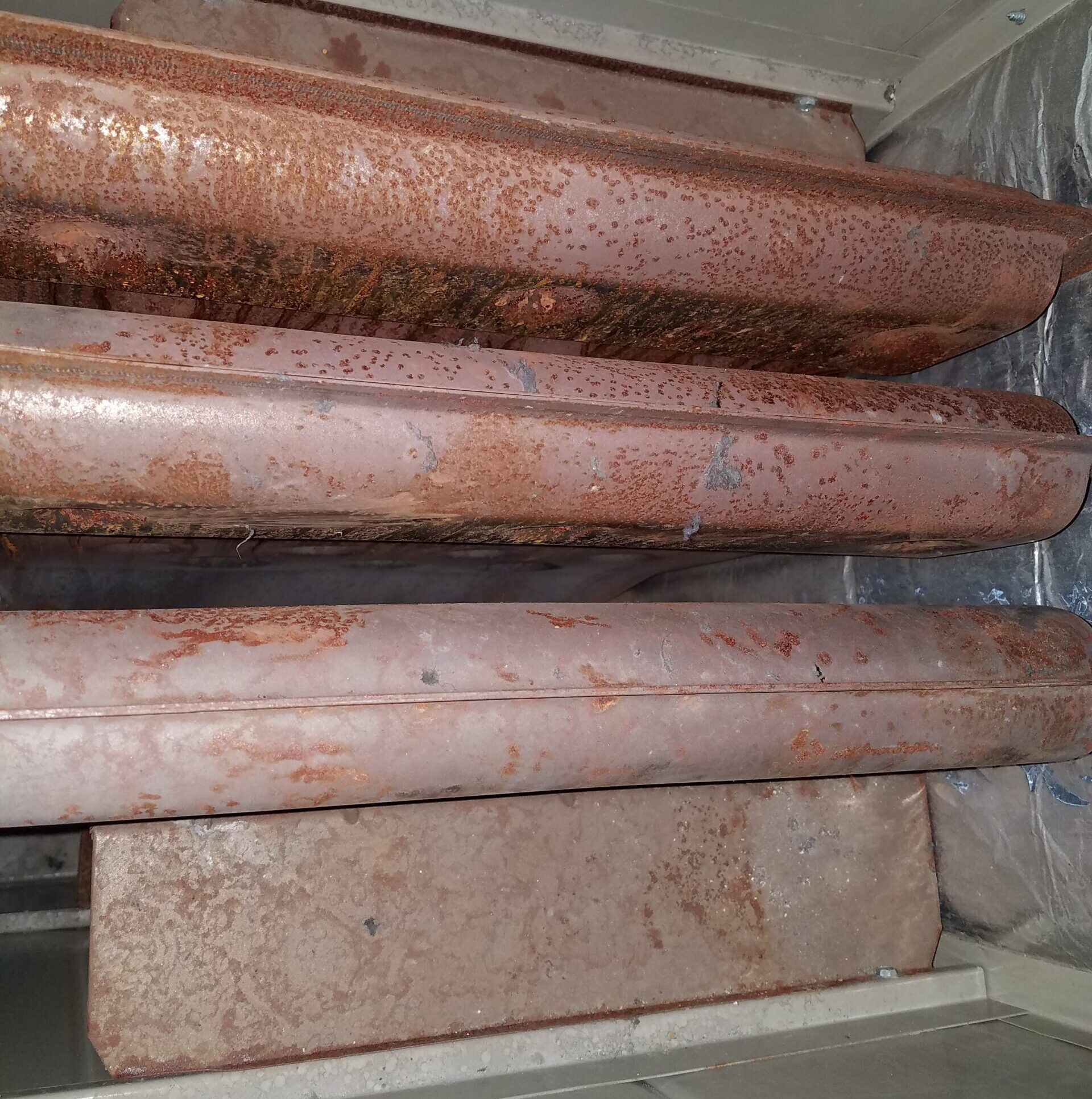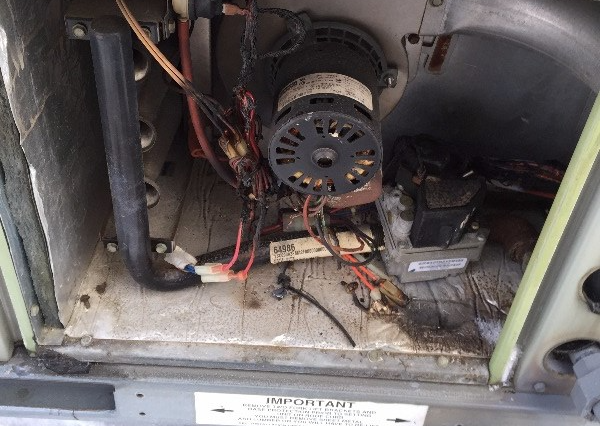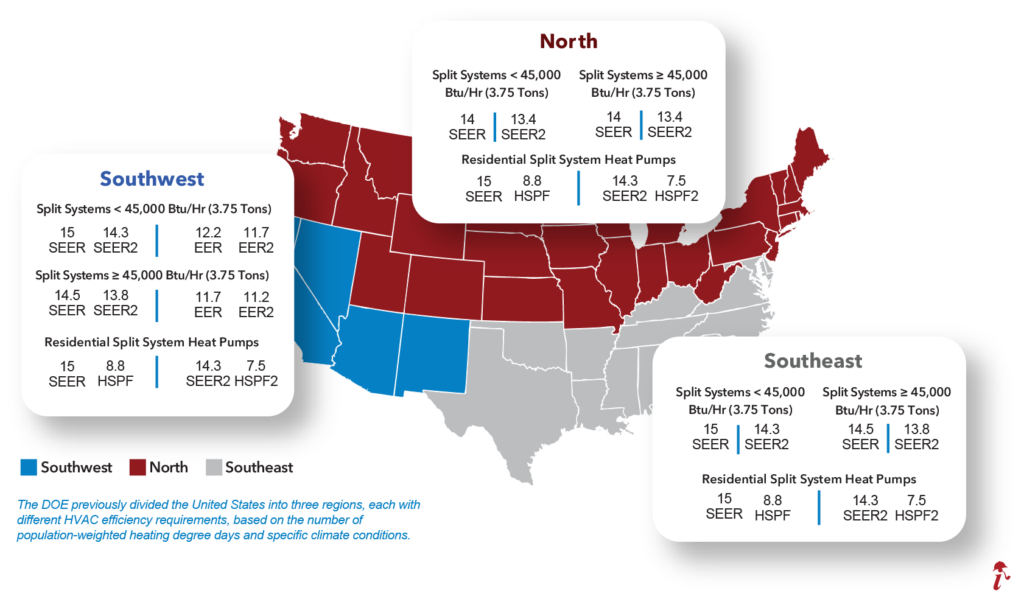Factors That Influence Whether to Repair or Replace An HVAC System
To replace or not to replace? That is the question. For an adjuster, this query about whether a full HVAC system replacement is necessary shouldn’t be as daunting or as vague as Hamlet debating life or death. There are definitive answers for how to best resolve your policyholders’ claims. You just need all the necessary information to determine accurate claim settlements in a timely manner.
On average, less than half of the HVAC systems that HVACi assessed needed a full-system replacement. Cause of loss and scope of damage are two critical factors in determining whether a repair or a replacement is required to return an HVAC system to pre-loss condition. Here are some considerations that also play a part.
Age of an HVAC System

The age of equipment may have a supporting role in whether a repair or replacement HVAC system is necessary. For example, residential HVAC systems typically have a median lifespan of 15 years, according the ASHRAE. How well the policyholder has maintained an HVAC system increases its lifespan, but a failure to do so could affect the cause of damage and its extent.
When considering the claim, adjusters should evaluate the age and condition. The problem may be common for systems of that age and type, which could point more to age-related wear and tear in lieu of a different peril. In this case, the policy will determine if any action – repairs or replacements – is covered based on the cause of loss.
It’s critical to determine how damage was sustained before settling for a repair or a replacement.
Cost of Repairs Versus A Replacement

Cost takes centerstage only when the price for repairs exceeds that of a full replacement. The average expense to repair a residential HVAC system is roughly $1,700; however, replacement costs are nearly $7,500. Adjusters should consider if the HVAC system can be returned to pre-loss condition with a minor or a major repair instead of an unnecessary replacement.
There are times when the damage a system sustains requires repairs that are more than a replacement would cost. This could occur if multiple major components are damaged or labor costs are too high. A scenario where this might be the case is a fire occurring in an HVAC component that also causes soot and smoke to spread through the system’s ductwork and can’t be cleaned.
To compare replacement and repair pricing most accurately, it’s important adjusters first verify market costs for labor and equipment. Location, system type, and the individual contractor may all be impacting the claimed amount. Adjusters should base decisions – and settlements – on manufacturer equipment availability and true market costs.
HVAC SEER Rating or Refrigerant Compatibility
The DOE updated its required SEER rating standards, which may make equipment from prior to 2023 a mismatch to components made with today’s requirements.
A policyholder’s wants take backstage to what the policy covers. Some insureds may prefer to replace their damaged system with a more efficient one. But this typically doesn’t align with a policy and the goal of only making Like Kind and Quality changes that return a policyholder to pre-loss condition.
However, replacements or more major repairs may be recommended if new equipment could lead to an efficiency rating mismatch. Split systems consist of indoor equipment, including the air handler or furnace, and the outdoor equipment, including the condensing unit. Each are designed with efficiency ratings that work together. If a condensing unit is paired with an air handler that isn’t compatible, it may not operate at all.
Another area of concern is if components don’t use the same type of refrigerant. It is inaccurate that the 2020 R-22 production phaseout means systems that use it must be replaced instead of repaired. However, if a policyholder’s original system runs on R-22 and new equipment, such as a new condensing unit, uses R-410A refrigerant, additional components and processes would be needed to flush out the old refrigerant and use R-410A going forward.
Adjusters should ensure policyholders are advised to obtain the necessary equipment that is a match in efficiency and refrigerant to what they already have so as to not cause further problems to their HVAC system.
HVACi Experts Provide Accurate Resolutions
As you can see, whether a repair or replacement is the most applicable solution to return your policyholder’s equipment to pre-loss condition is specific to the individual claim. It requires a thorough evaluation to consider all the factors.
Take the guesswork out of the equation by submitting an assignment to the experts at HVACi, who provide comprehensive solutions for claims involving HVAC and Refrigeration equipment. Our team delivers detailed, actionable reports that convey cause of loss, scope of damage, and recommended repair or replacement options based on thorough equipment evaluations. Plus, we provide component recommendations that match what the insured already has along with availability and market pricing.
Adjusters should make decisions based on all the necessary information. Don’t let your policyholder’s claim turn into a tragedy by making an inaccurate claims settlement.


